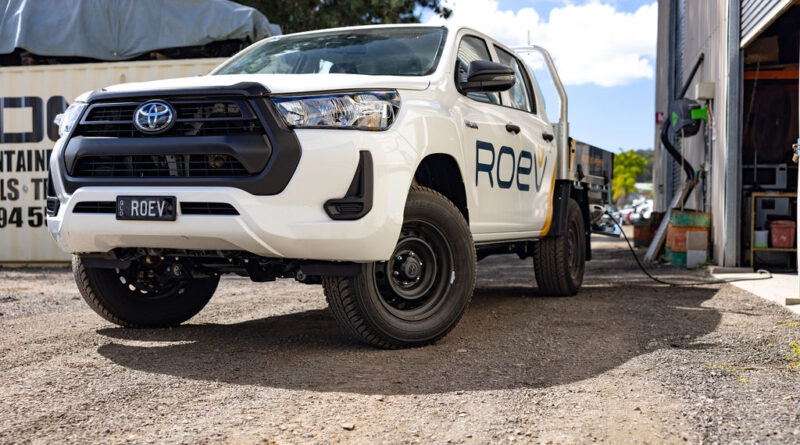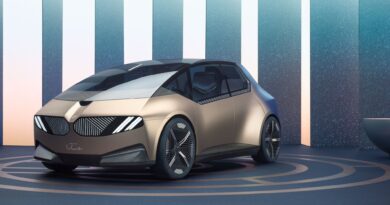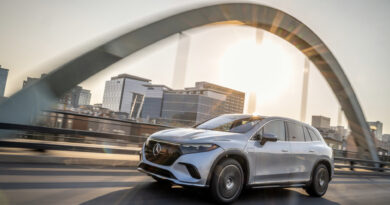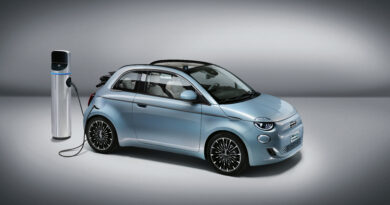Roev reveals fleet interest in 2023 electric Toyota HiLux and Ford Ranger, plans SUVs as well
Australian EV startup Roev says more than 30 large fleets have lodged expressions of interest in the electric Toyota HiLux and Ford Ranger utes it intends to start manufacturing in the first half of 2023.
While that fleet interest is a reassuring affirmation of the validity of the Roev concept, which we explain in detail here, it has a more immediate and critical upside: funding.
Queensland-based Roev, or Renewable Optimised Electric Vehicles, currently has enough private funding to get through the initial development phase, but will need to go to the market for the money to commence production.
So the more fleets that sign up now the better says CEO and co-founder Noah Wasmer.
“Right now we have enough money to meet the initial design,” confirmed Wasmer. “But one of the things that is really helpful is for fleets to sign up and express their interest and get increasingly committed .
“That allows us to use those expressed interest allows to do debt financing and other things that will really help us to facilitate production of the vehicles.”
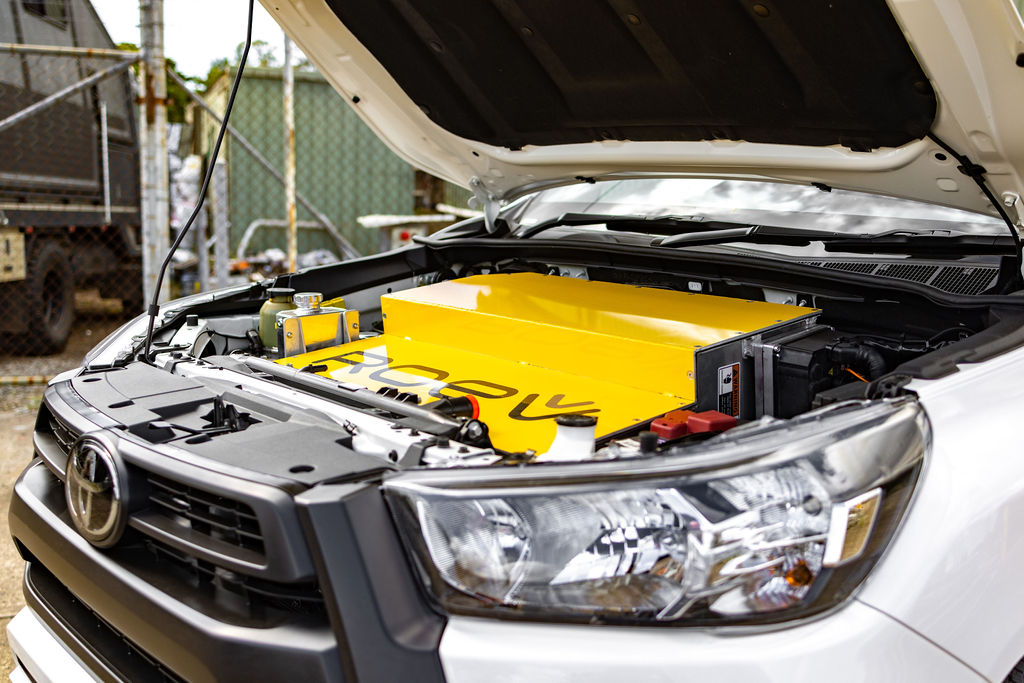
Wasmer said the number of Fleet EOIs was “increasing daily”.
Roev is the latest automotive startup to emerge in the years since the Ford, Holden and Toyota exited Australian manufacturing in 2016-17.
None have made it to production as yet. Money and the sheer complexity of creating a vehicle and a manufacturing facility has proved a huge challenge.
Roev does have powerful and influential friends though. Its founders including Wasmer are former executives of the Australian software giant Atlassian that’s owned by the eco-billionaire and green investor Mike Cannon-Brookes. He is a primary driver of the transition to renewables in Australia
Roev is also starting out at time when the political trends are becoming more favourable. The new Labor federal government is developing plans for a vehicle emissions reduction strategy that will encourage the take-up of EVs and is also promising to co-invest billions of dollars in a reboot of local manufacturing.
The first step in the Roev plan is to start production by April 2023 of HiLux and Ranger utes with their diesel engines replaced by zero emissions electric motors. The goal is to build 1000 in the first 12 months. The utes will be sold to fleet buyers only.
Within years it wants to design and produce an EV Ute of its own in micro-factories located in different states of Australia.
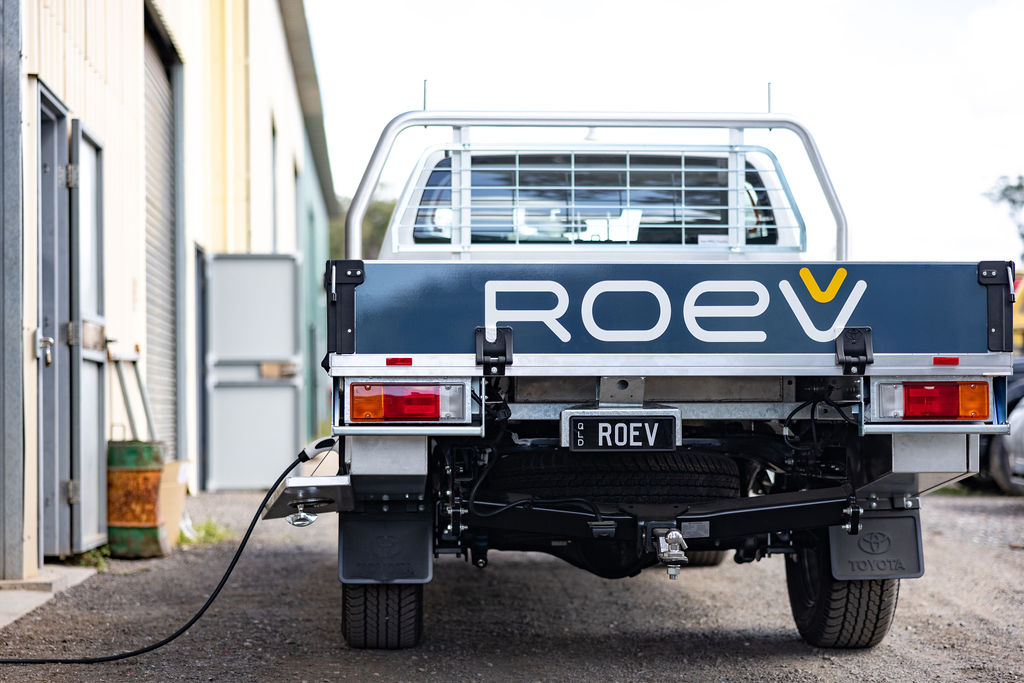
The diesel HiLux is the number one selling vehicle in Australia and Ranger is number two. Other popular utes such as the Mitsubishi Triton may also be offered down the track.
“There’s an enormous amount of HiLuxes out there in fleets, many more than we could handle in our first year,” said Wasmer. “Equally, there is a lot of excitement around Ranger and there are a lot of those in fleets right now and a lot of interest in conversion.”
Roev is designing its EV conversion kit to be easily transferrable between different ladder frame vehicles.
The kits will include a single electric motor for both 4×2 and 4×4 models, a lithium-iron phosphate high-voltage battery and high-tech vehicle to load (V2L) and vehicle to grid (V2G) capability.
“The chassis rails and your footprint [of the different utes] is nearly identical, so we could have a consistent battery box with different adaptors between the different components,” explained Wasmer.
“That would allow you to say: ‘Same basic kit with minor changes on the adaptor plates between the different vehicle types.
“Ultimately what we are doing is also interfacing with computer systems and that’s where we are staying very, very narrow with HiLux and Ranger [now] to make sure we have that full integration into the vehicle.
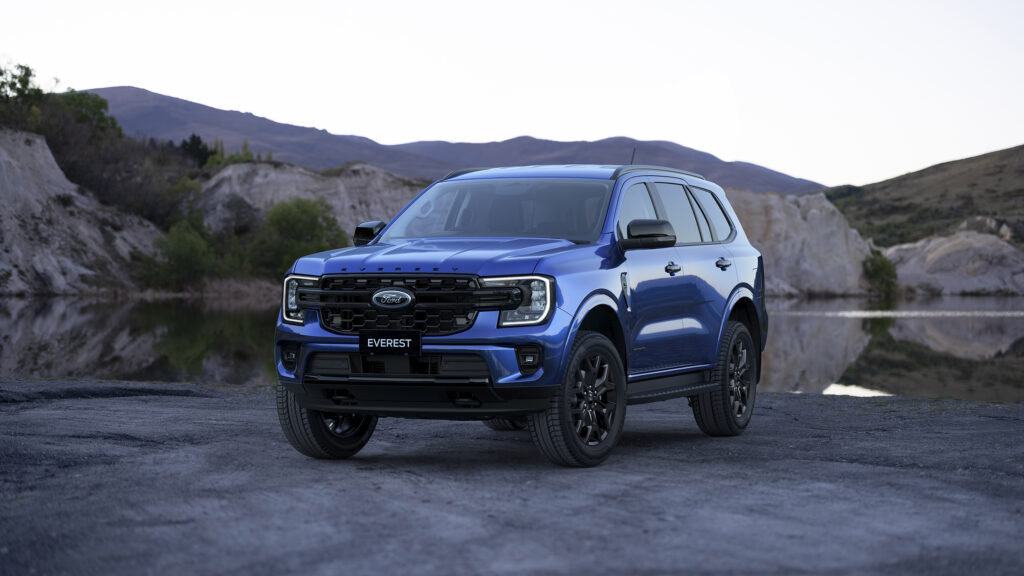
Wasmer has also confirmed the company’s ambitions spread to ladder frame SUVs as well as utes.
The Toyota Fortuner and Ford Ranger are obvious conversion candidates for Roev because they are based on the HiLux and Ranger respectively.
Down the track Roev’s own chassis would also be designed to underpin both a ute or an SUV.
“Everything from the conversion kits to our future of manufacturing of a chassis that can support both a ute and an SUV is pretty commonplace in auto,” Wasmer said.
“For example, you see the Fortuner is built off the HiLux chassis for the most part, so you could the opportunities to use a lot of the same technologies to scale beyond a ute into SUVs.
“But right now our primary objective is utes and we think that demand is going to be so large for the next decade we are primarily going to be focussed there.”

